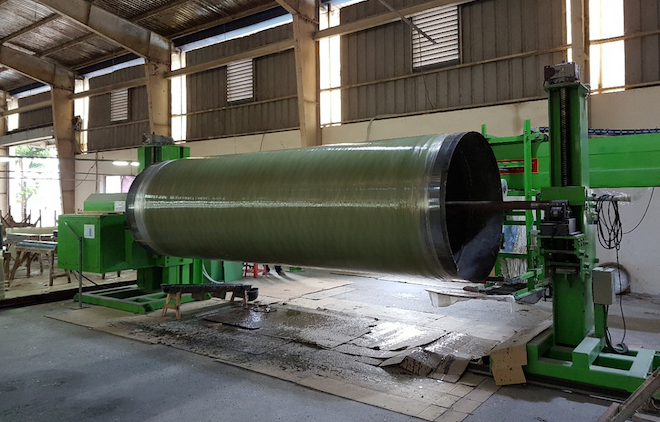Home > Product > Product
FRP product
Filament Winding
Filament winding is an ideal production method for producing cylindrical structures. Filament winding process has two different types. (A) Helical Filament Winding (B) Continuous Filament Winding. Fiberglass and catalyzed resin are wound over a rotating mandrel. Composite tanks, silos, ducts, water tanks, pipes and pressurized vessels are produced with this method.
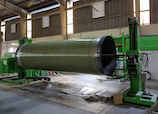
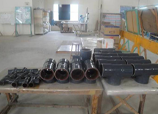
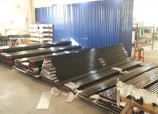
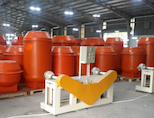
It might have struck you as a child how oxygen tanks and extinguishers are made. The intricacy of curving the cylinder whole from inside out is a thing of beauty courtesy of filament winding. Filament winding refers to the fabrication technique which is implored in manufacturing open and closed end structures such as cylinders, tanks or vessels.
Filament Winding Process
When you get down to basics the process that which seemed too complex is toned down many notches. It pretty simple actually; you need a rotating mandrel to wind filaments on under pressure. You have to keep the mandrel rotating around a spindle.
Fiber winding is a creation system that you can utilize for assembling open or shut end structures. This procedure includes twisting fibers under pressure over a pivoting mandrel. The mandrel turns around the axle; axis 1 or X: Spindle. This is where the tussle gets complicated because you need a conveyance eye on a carriage; axis 2 or Y: Horizontal.
Filament Winding Machines
The simplest winding machines have two axes of motion, the mandrel rotation and the carriage travel (usually horizontal). Two-axis machines are best suited to the manufacture of pipes only. For pressure vessels such as LPG or CNG containers (for example) it is normal to have a four-axis winding machine. A four-axis machine additionally has a radial (cross-feed) axis perpendicular to carriage travel and a rotating fibre payout head mounted to the cross-feed axis. The payout head rotation can be used to stop the fibre band twisting and thus varying in width during winding.
Machines with more than four axes can be used for advanced applications, six-axis winding machines usually have 3 linear and 3 rotation axes. Machines with more than 2 axes of motion have computer/CNC control, however these days new 2-axis machines mostly have numeric control. Computer controlled filament winding machines require the use of software to generate the winding patterns and machine paths, such software can normally be provided by filament winding machine manufacturers or by using independent products such as Cadfil. The Cadfil software can be configured for any computer controlled filament winding machine and also for general purpose 6-axis robots with minor adaptions for filament winding.
Cadfil is supplied configured for the customer’s winding machine. Cadfil can be supplied with multiple machine configurations, the user just selects which machine to use. Cadfil can be configured for 2 to 6 axes and for all filament winding machines types and control systems.
Advantages of Filament Winding.
Filament winding is one of the few Automated Processes for composites manufacture and can thus produce highly repeatable, high quality components at reduced labour content. It is quick and reliable technology for making high performance parts. A big advantage of filament winding is that it used continuous fibres which leads to very good material properties for both strength and stiffness. There is also the ability to orientate fibre direction for ‘optimised’ composites. High Fibre volume fractions are possible 60-80% and it can use materials in the simplest (lowest cost) form - Fibre Roving & Resin Winding is accurate, repeatable and gives a high quality internal surface.
Can use all fibre types: E Glass, S-Glass, R-Glass High Strength & High Modulus Carbon Fibre Aramid (Kevlar) HD Polyethylene (Spectra/ Dyneema) Basaltic Fibres Organic (e.g. Hemp Fibre) Esoteric Aerospace Materials ( e.g. Alumina , Silicon Carbide, Boron)
Can use a wind range of matrix (resin) groups: Polyester (versatile ‘best’ cost) Vinyl-ester (improved strength & impact/chemical resistance Epoxy (high strength and higher temperature capability) Phenolic (better fire resistance / low smoke) Bismaleimides (BMI) – higher temperature than epoxies) Thermoplastic matrix - normally in tape form comingled with the fibre







